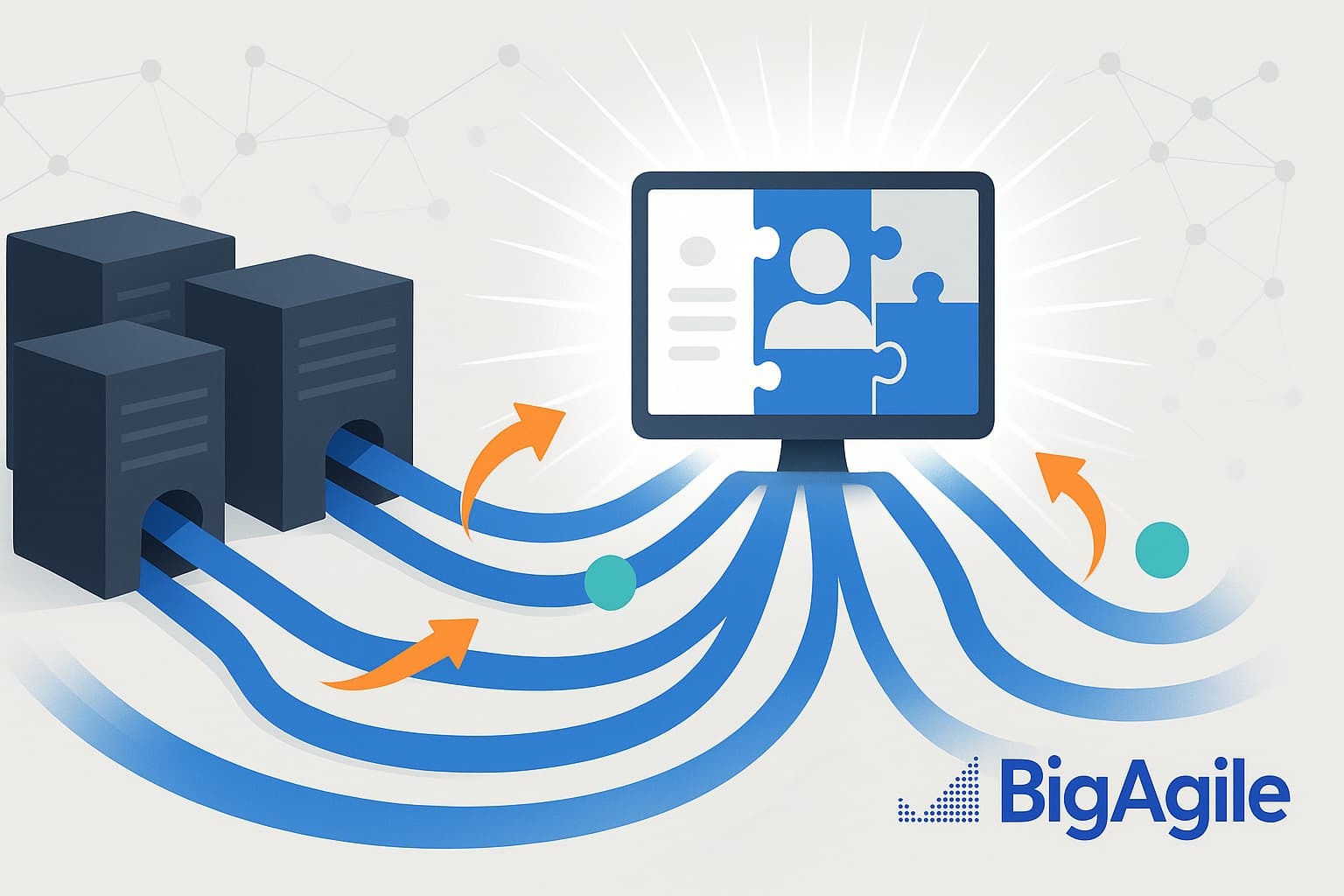
Did you know…
Building a future-proof AI strategy begins with mastering your data. In “Controlling Your Future: PART 2/4,” Mark Chiles argues that without a solid foundation in data management, encompassing intelligence task forces, master data management, customer data platforms, and stringent security protocols, any AI initiative risks becoming a fleeting experiment rather than a scalable, competitive advantage.
I recently collaborated with a client (a CIO) grappling with "refactoring" their data; the ROI is currently hard to justify to their CFO. However, that’s another discussion, as not all technology can clearly demonstrate ROI for a project. I can assert that it will de-risk the organization and potentially save millions in spending over the next decade, but we don't have the luxury of time to complete the request form; we need to act now. I digress; that’s not my focus here, but businesses should trust all C-Level leaders to make decisions; otherwise, don't hire them.
I had a great conversation with Tim Hayden at Brain+Trust and began reviewing some of their material on their site. Mark's blog post struck at the core of our discussion. If you don't take steps now to ensure your first-party data is clean, secure, and ready to be utilized, the costs you will face later could sink your business.
Google and others are happy to hoard all this data and charge you for it; do we really want that if we already possess the data? It resonates with me amidst all this AI hype. Data will be the new gold, oil, or whatever, and if you aren't positioning yourself now, it won't matter that you can't justify the ROI to your CFO, because we will be out of business.
Ok, So What?
In today’s hyper-competitive landscape, marketing, customer experience, and operations hinge on having a “golden record” of your customers and products. Disparate CRMs, legacy SaaS tools, and stand-alone analytics lead to conflicting insights, wasted ad spend, and missed revenue.
By unifying data through an MDM and CDP—integrated via a cross-disciplinary Data Intelligence Task Force, you reduce redundancy, elevate data literacy, and ensure that every AI or analytics effort uses consistent, privacy-compliant inputs. This alignment mitigates regulatory risk and security breaches and drives higher ROI on marketing and service initiatives.
Now What?
- Pilot a Data Intelligence Task Force: Assemble marketing ops, IT, analytics, and business-unit leaders to define KPIs (e.g., LTV, NPS) and build a shared data dictionary and governance charter. Run fortnightly (not the game) huddles to diagnose data silos and plan remediation sprints.
- Deploy a Lightweight MDM: Choose a SaaS MDM (e.g., Reltio or others) in one business unit. Cleanse and unify customer and product data. Measure reduction in duplicate records and time saved in data retrieval.
- Integrate a CDP for RAG-Ready Data: Stand up a CDP (e.g., Amperity, Tealium, Treasure Data, and others) that captures real-time customer signals. Connect it to your MDM and begin testing retrieval-augmented generation prompts (we teach these in our AI for Product Owners' Course) on first-party preference data to personalize campaigns at scale.
Questions to think about
- Where are your biggest data silos today, and which KPIs suffer as a result?
- How would a single “golden record” change the way your teams coordinate across marketing, sales, and support?
- If your next AI project had to deliver a visible business impact within 3 months, what data-governance gaps would trip you up first?